Math Education in the Digital Age: Techniques for Today’s Classroom
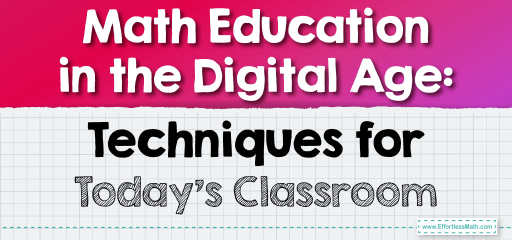
In our rapidly evolving digital world, the field of education is experiencing a monumental transformation, particularly in the realm of mathematics. This change is not just about incorporating new gadgets; it’s a fundamental shift in how we teach and learn math.
The Evolution of Mathematics Education
Traditionally, math education was synonymous with a chalk-and-talk approach. This method, while straightforward, often made math a subject of rote memorization rather than understanding.
The digital revolution in education has ushered in a new era. It has transformed the static classroom into a dynamic learning environment. The introduction of digital tools has allowed teachers to discover more ways of teaching math, shifting the focus from mere instruction to an interactive, engaging, and student-centered learning experience.
Key Digital Tools Transforming Math Education
As we delve into the specifics of how digital technology is reshaping math education, it’s important to highlight key tools that are at the forefront of this transformation.
Interactive Whiteboards
These are the modern chalkboards, allowing teachers to bring a high level of interactivity to math lessons. They enable teachers to display graphical representations, solve equations in real time, and even allow students to interact directly with the material.
Educational Software and Apps
Personalized learning is at the forefront with tools like Khan Academy, Desmos, and Photomath. These platforms adapt to individual student’s learning paces, provide instant feedback, and offer a range of problems and solutions to cater to different learning needs.
Online Learning Platforms and Resources
The internet has become a treasure trove of mathematical resources. From video lectures and tutorials on YouTube to comprehensive courses on Coursera and EdX, the variety and accessibility of math education have never been greater. These resources break down geographical and financial barriers, making high-quality math education accessible to anyone with an internet connection.
Innovative Teaching Techniques Using Digital Tools
The advent of digital tools in the educational landscape has not only enhanced traditional teaching methods but also paved the way for innovative teaching techniques.
Flipped Classrooms
This innovative teaching model turns the traditional classroom structure on its head. Instead of lecturing in class and assigning homework, teachers have students watch lecture videos at home and use class time for interactive problem-solving. This method maximizes classroom interaction and hands-on learning.
Gamification in Math Education
Math can be fun! Gamifying learning involves using game principles in educational contexts. Tools like Prodigy and Math Playground turn math problems into games, making learning enjoyable and engaging for students.
Collaborative Learning
Digital platforms have opened up new avenues for collaboration. Tools like Google Classroom and educational forums allow students to work together on problems, share solutions, and learn from each other. This not only enhances their understanding of math but also develops essential skills like communication and teamwork.
Balancing Digital and Traditional Teaching Methods
While digital tools offer numerous benefits, it’s essential to balance them with traditional teaching methods. Textbooks, for instance, are still valuable for structured learning and practice.
The goal is to integrate digital tools in a way that complements these traditional resources, not replace them. This integration can take various forms, from using online resources to supplement textbook material to incorporating digital tools in problem-solving sessions.
The Role of Professional Development for Educators
For teachers, the shift to digital isn’t just about using new tools; it’s about a change in mindset. Professional development is crucial in this transition. Workshops, online courses, and conferences are essential for teachers to learn about the latest digital tools and teaching methodologies.
They provide a space for educators to share experiences and best practices, ensuring that they are well-equipped to bring these new tools into their classrooms effectively.
Challenges and Considerations
Despite the many benefits, integrating digital tools into math education comes with challenges. One of the primary concerns is the digital divide – the gap between those who have access to modern information and communication technology and those who do not.
Related to This Article
More math articles
- How to Perform Similarity Transformations: Step-by-Step Guide
- How to Choose the Right Visual: Models for Multiplying Fractions by Whole Numbers
- How to Find Distance of Two Points? (+FREE Worksheet!)
- What is a Good ACCUPLACER Score?
- Top 5 Laptop Stands to Help You Teach Online
- How to Use Graphs to Solve Equation Systems: Word Problems
- How to Prepare for the Praxis Core Math Test?
- 10 Most Common 6th Grade Georgia Milestones Assessment System Math Questions
- 7th Grade Scantron Math Worksheets: FREE & Printable
- How to Develop a Mindset for Math in 7 Steps?
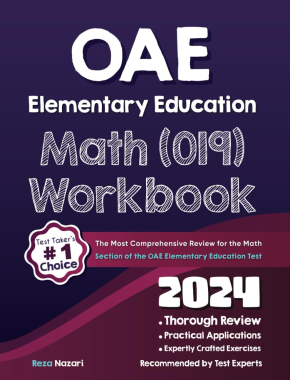
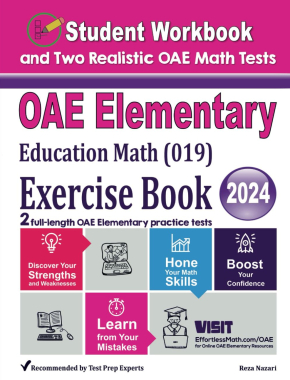
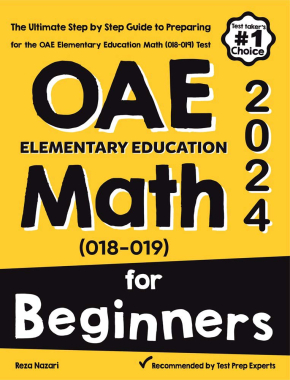
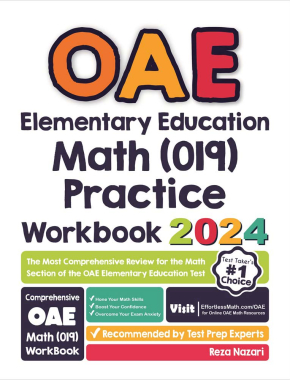
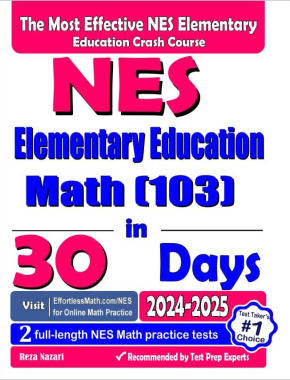
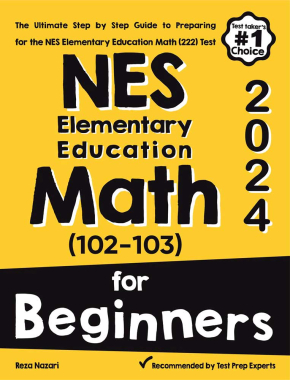

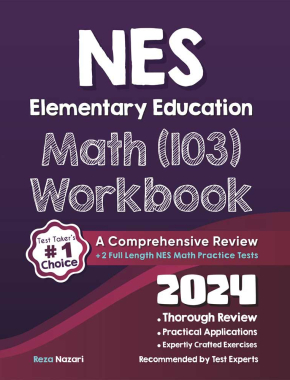
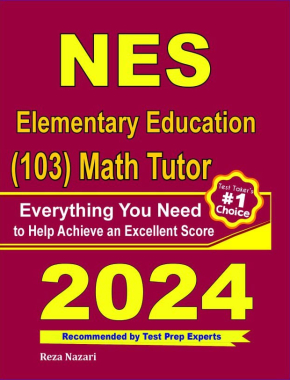


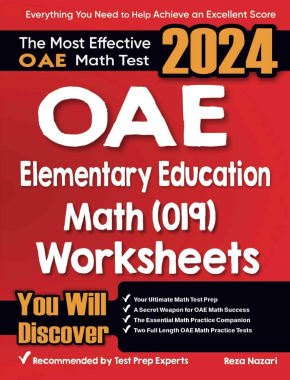
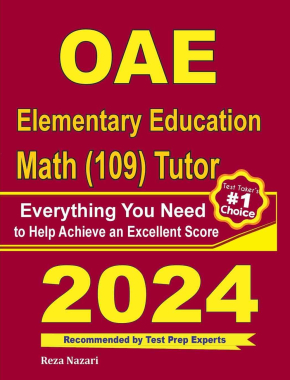
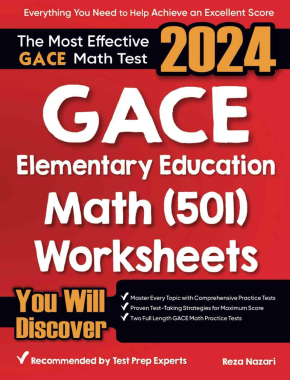
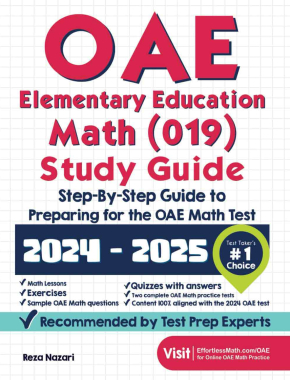
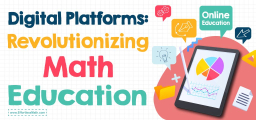
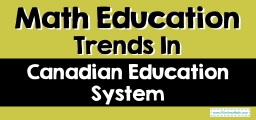
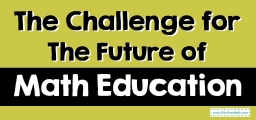
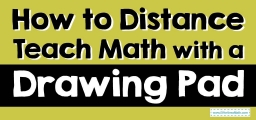
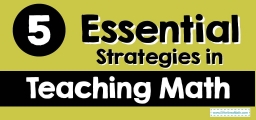
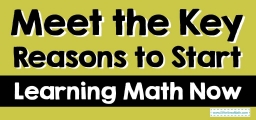

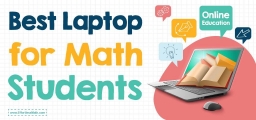
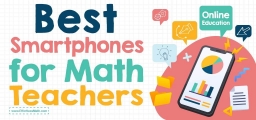


What people say about "Math Education in the Digital Age: Techniques for Today’s Classroom - Effortless Math: We Help Students Learn to LOVE Mathematics"?
No one replied yet.